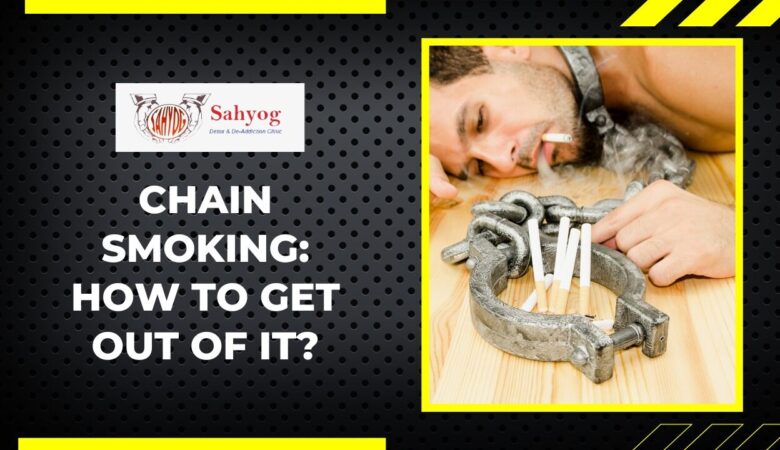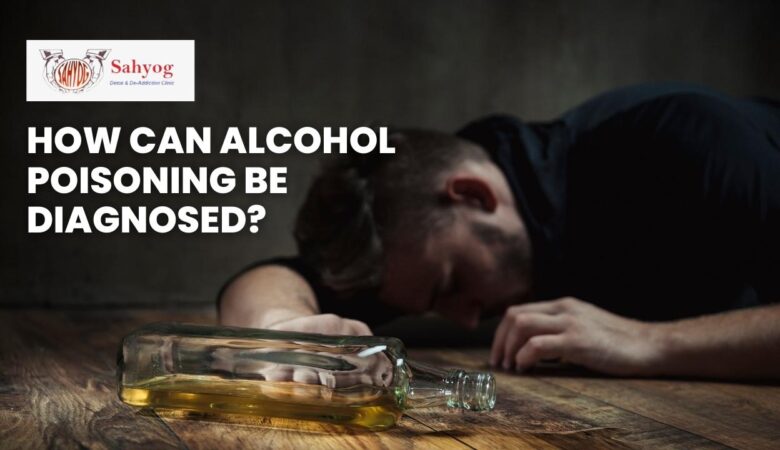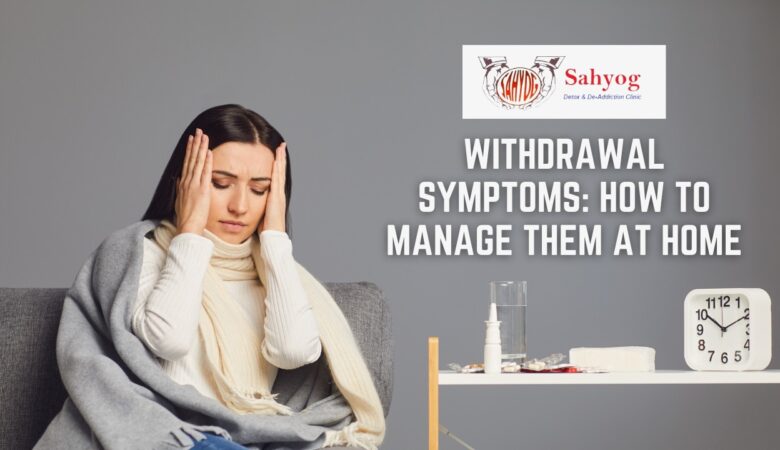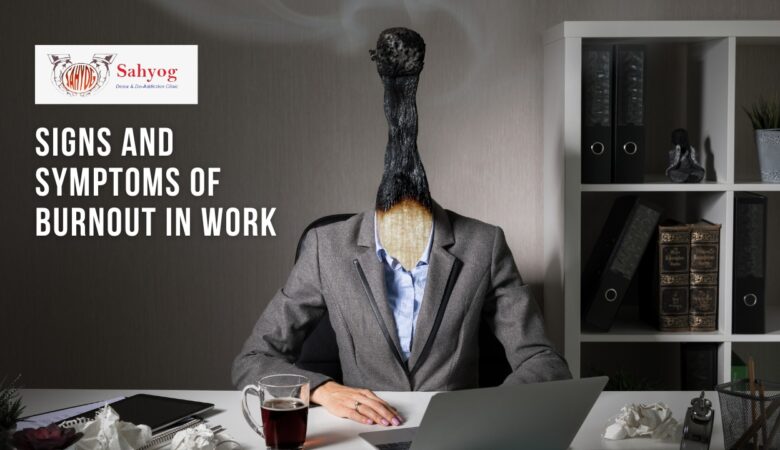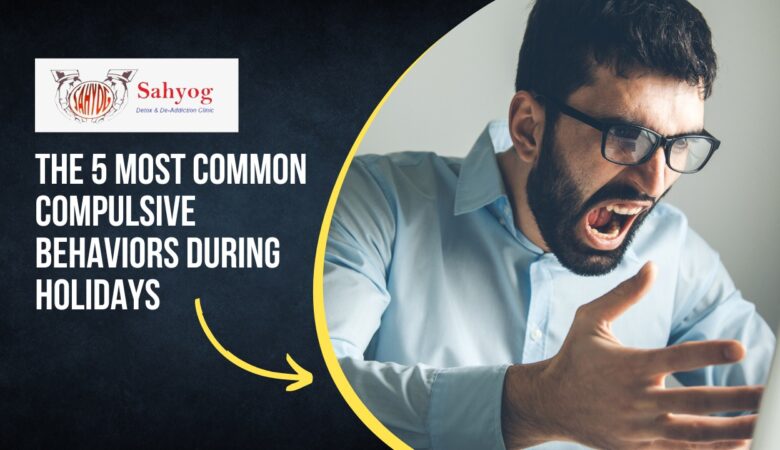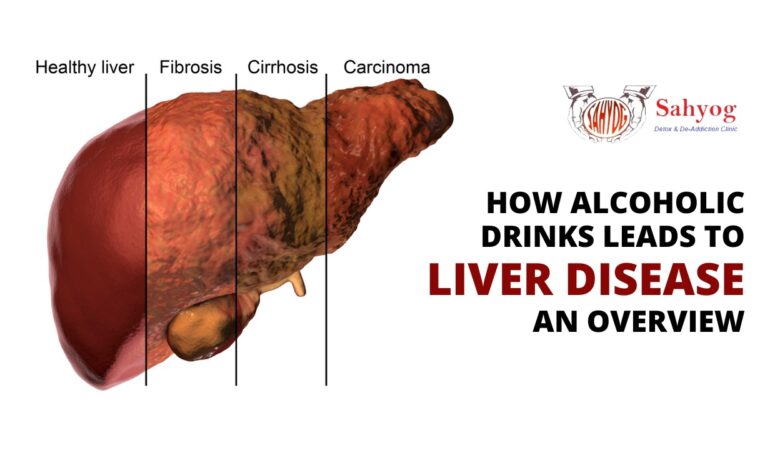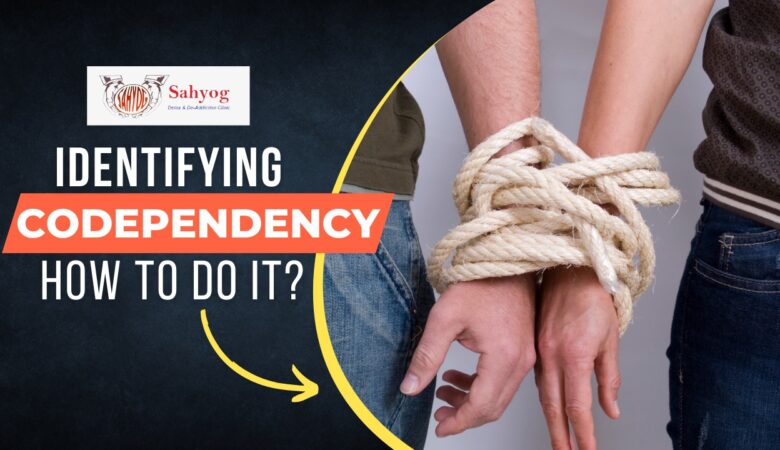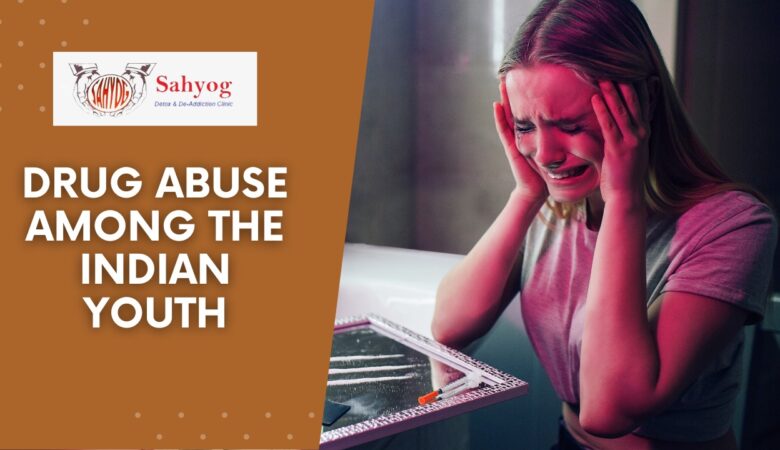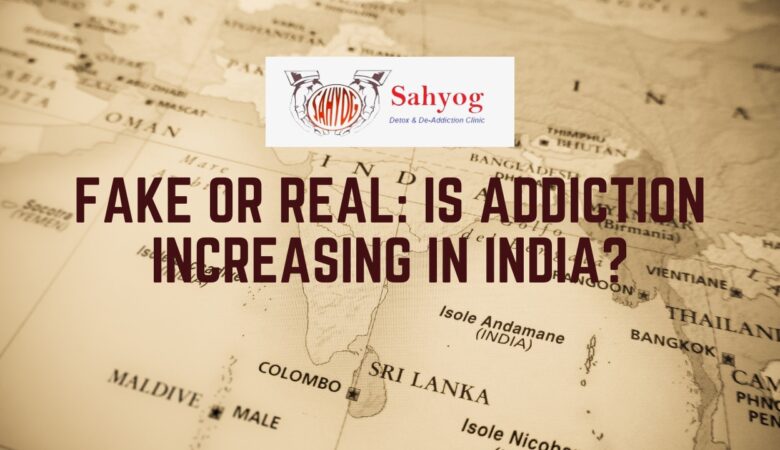Chain smoking: How To Get Out Of It?
It’s no secret that smoking is bad for your health. Not only is it potentially deadly, but it also causes a litany of other problems, like lung cancer and chronic bronchitis. But even if you know all this, it might be tough to break the habit. In this article, we’re going to share some tips on how to break your smoking addiction (chain smoking). What is Chain Smoking? Chain smoking is the practice of smoking multiple cigarettes in a row. Chain smoking is the act of smoking one cigarette after another without stopping. A chain smoker is also said to be a person who smokes more than 20 cigarettes per day. The Effects of Chain Smoking The nicotine in chain-smoking can quickly become addictive, and can lead to a number of health problems. If you’re a chain smoker, it’s time to face the facts: chain-smoking is bad for your health. Here are four ways how it is harmful to your health: 1) It Increases Your Risk of Lung Cancer. A study published in the journal Cancer found that smokers who smoked for more than 20 years were three times as likely to develop lung cancer as nonsmokers. The risk increased with each additional year of smoking. 2) It Increases Your Risk of Heart Disease. A study published in the journal Circulation found that smokers who smoked for more than 20 years were almost twice as likely to develop heart disease as nonsmokers. The risk increased with each additional year of smoking. 3) It Increases Your Risk of Other Chronic Diseases. A study published in the journal BMJ found that smokers who smoked for more than 20 years were at an increased risk of developing chronic diseases such as stroke, emphysema, and diabetes. The risk increased with each additional year of smoking. 4) It Decreases Your Life Span. In a study published in the journal Nicotine & Tobacco Research, researchers found that smokers who smoked for more than 20 years had a decreased life expectancy by about seven years. How to avoid chain smoking If you are chain smoking, there are a few things you can do to help stop the habit. First, understand that chain smoking is not just about cigarettes. It’s about the behavior of smoking multiple cigarettes in a short amount of time. To avoid chain smoking, start by limiting yourself to one cigarette per hour. This will help you to get through the day without needing to smoke multiple cigarettes. If you find that you are still needing to smoke more than one cigarette per hour, try to break the habit up into smaller portions. For example, try to smoke a cigarette every 30 minTo avoid chain smoking, start by limiting yourself to one cigarette per hour. This will help you to get through the day without needing to smoke multiple cigarettes.utes or every 45 minutes. This way, you will still be smoking, but it will be less frequent and it will be easier to break the habit. How to Quit Chain Smoking If you’re thinking about quitting smoking cigarettes, there are a few ways to go about it. There’s no one right way to quit smoking, but following some of these tips can help you make the transition successfully. One of the most important things you can do is to create an effective quitting plan. Make sure to include specific goals, dates by which you hope to have completed the process, and methods for monitoring your progress. Joining a support group or using a nicotine replacement therapy (NRT) are also great ways to get support and stay on track. If you’re ready to quit smoking, here are some tips on how to get started: Make an effective plan: Having a clear strategy is key when trying to quit smoking. Make a list of what you need to do to succeed, and write it down. This will help keep you on track and motivated. Set realistic goals: Quitting smoking is a big commitment, so don’t set out to accomplish everything at once. Instead, set small goals that you can reach over time. Don’t expect to quit smoking overnight. Try to cut down by 10% every week until you reach your goal. For example, try stopping smoking for two days each week instead of trying to quit for a month straight. Get organized: Having a plan will help keep you on track, but it’s also important to have tools at your disposal. Create a quit smoking diary in which you record what you ate and drank, how much sleep you got, and any other activities Get support: Talk to friends, family, or a counselor about quitting smoking. They can offer encouragement and support as you make your attempt to quit. Ask them to help you stay on track by providing constructive feedback and encouragement. Find an effective strategy: There is no one-size-fits-all approach to quitting smoking; find an approach that works for you. Some people find that hypnotherapy or nicotine replacement therapy (NRT) are helpful in quitting smoking. Keep a positive attitude: Stay upbeat and motivated as you attempt to quit smoking. Remember, it’s not easy, but it’s possible! Avoid relapse temptation: If you do relapse, don’t give in to the temptation to smoke again immediately. Give yourself time (and distance) to overcome the cravings before trying again. Find an alternative way to relax: If chain smoking is stressing you out, try doing something else to take your mind off of it. Maybe listen to music, watch a movie, or read a book. If you find that you’re constantly chain smoking, try using a nicotine patch or gum to help slowly wean yourself off of cigarettes. Don’t relapse: If you start to feel tempted to smoke again, remind yourself why you want to quit in the first place. Remember your goals, and don’t give into temptation! The Benefits of Quitting Smoking If you’re thinking about quitting smoking, there are many benefits to consider. Here are a few:
